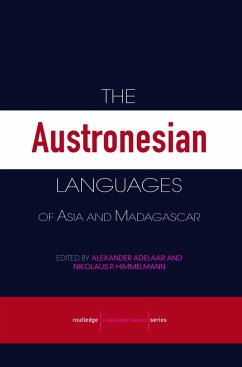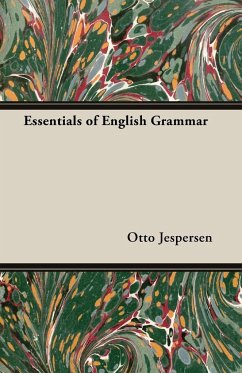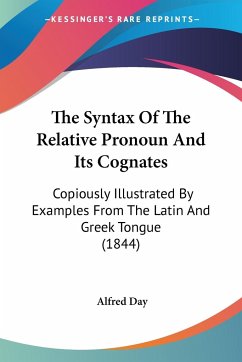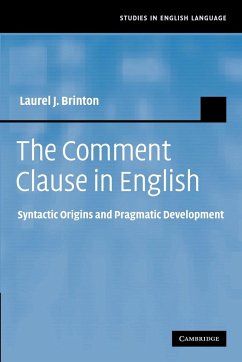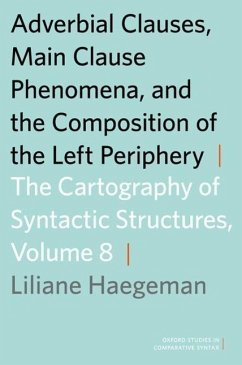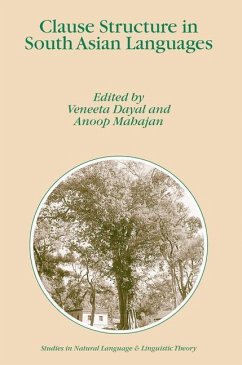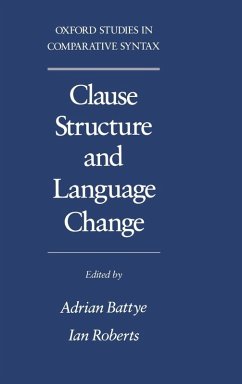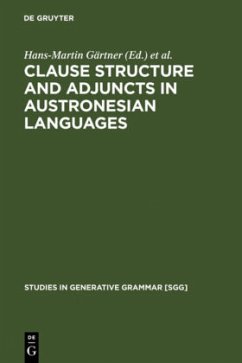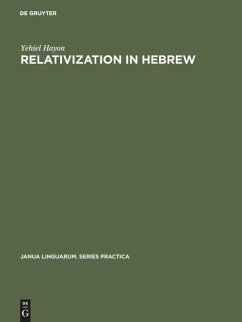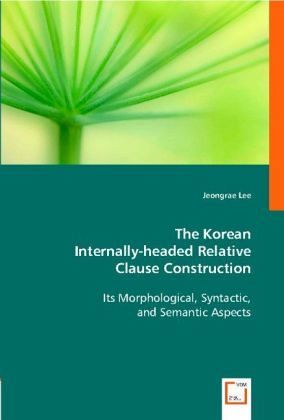
The Korean Internally-headed Relative Clause Construction
Its Morphological, Syntactic and Semantic Aspects
Versandkostenfrei!
Versandfertig in 6-10 Tagen
39,99 €
inkl. MwSt.

PAYBACK Punkte
20 °P sammeln!
Over the past twenty years, the syntactic structure of the Korean (and Japanese) internally-headed relative clause (IHRC) construction has been studied through the LF movement analysis and the LF in-situ analysis. However, each approach has been debated by the other, based on the linguistic puzzles of the IHRC sentences which cannot be explained by each analysis. This book proposes a new internal structure of the IHRC construction, providing the morphological analysis of the IHRC predicate and a following pronoun. Also, this book shows that phase theory and the minimal link condition can expla...
Over the past twenty years, the syntactic structure of the Korean (and Japanese) internally-headed relative clause (IHRC) construction has been studied through the LF movement analysis and the LF in-situ analysis. However, each approach has been debated by the other, based on the linguistic puzzles of the IHRC sentences which cannot be explained by each analysis. This book proposes a new internal structure of the IHRC construction, providing the morphological analysis of the IHRC predicate and a following pronoun. Also, this book shows that phase theory and the minimal link condition can explain the syntactic mechanism of the IHRC construction and the ambiguity of a semantic head, respectively, discussing data introduced in the previous research. This book should be useful to professionals who have interest in language typology and Korean linguistics in the fields of theoretical and applied linguistics.



